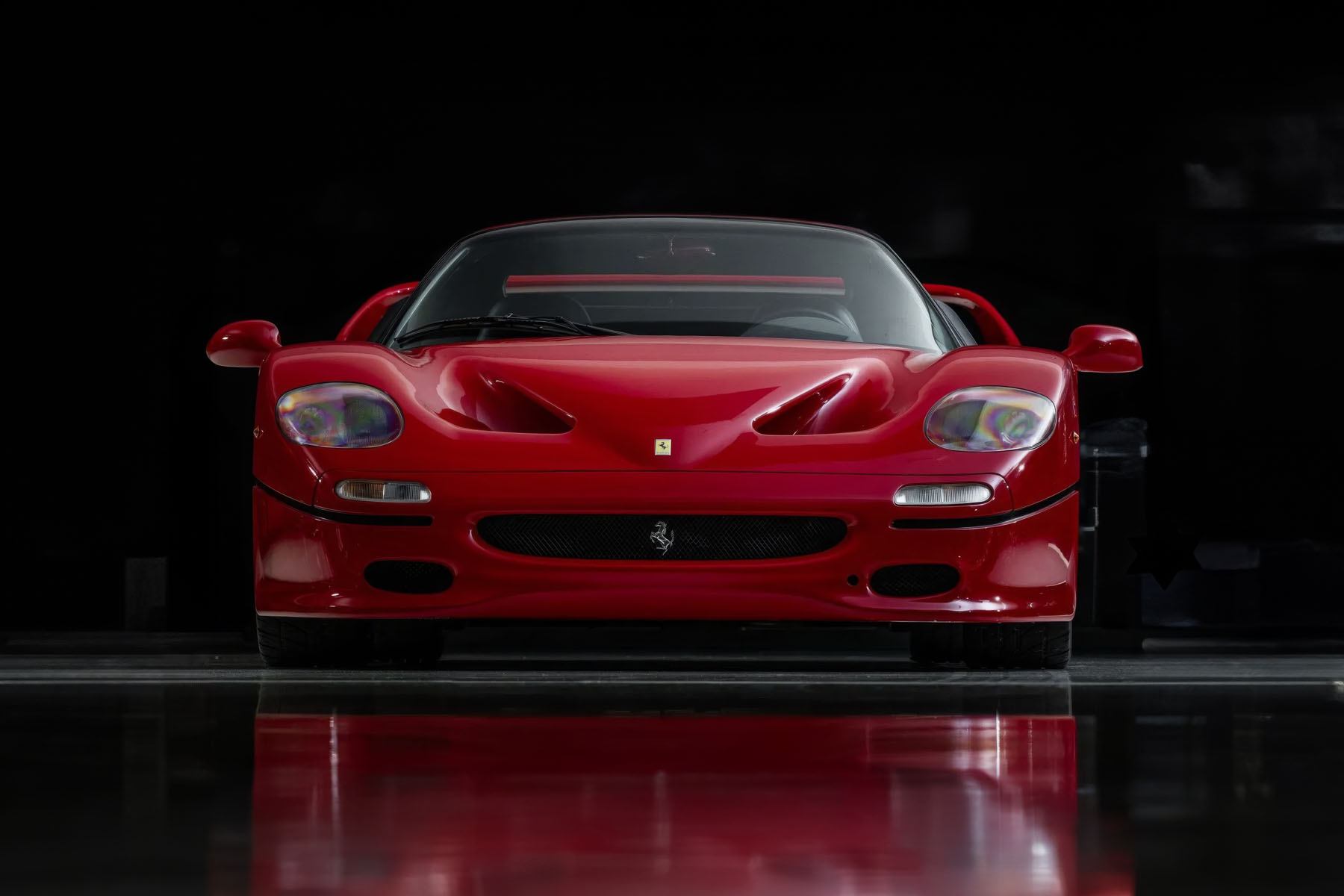The evolution of Ferrari supercars marks a significant journey in automotive innovation, beginning with the 288 GTO. Launched in 1984, the 288 GTO introduced advanced aerodynamics and turbocharged performance, setting a new standard for speed and design. The F40, introduced in 1987, continued this legacy, becoming the first production car to break the 200-mph barrier, thanks to its lightweight construction and potent twin-turbo V8 engine. In 1995, the F50 refined the supercar formula with F1-inspired technology, including a naturally aspirated V12 and a carbon fiber monocoque, enhancing both performance and handling.
The Enzo, introduced in 2002, pushed supercar limits further with its innovative use of composite materials, active aerodynamics, and a formidable V12 engine, marrying technology with tradition. The LaFerrari, unveiled in 2013, represents the pinnacle of Ferrari’s engineering prowess, incorporating hybrid technology to deliver unparalleled performance, making it not only a testament to Ferrari’s past but also a beacon for its future in supercar development.
No Subscription? You’re missing out
Get immediate ad-free access to all our premium content.
Get Started



